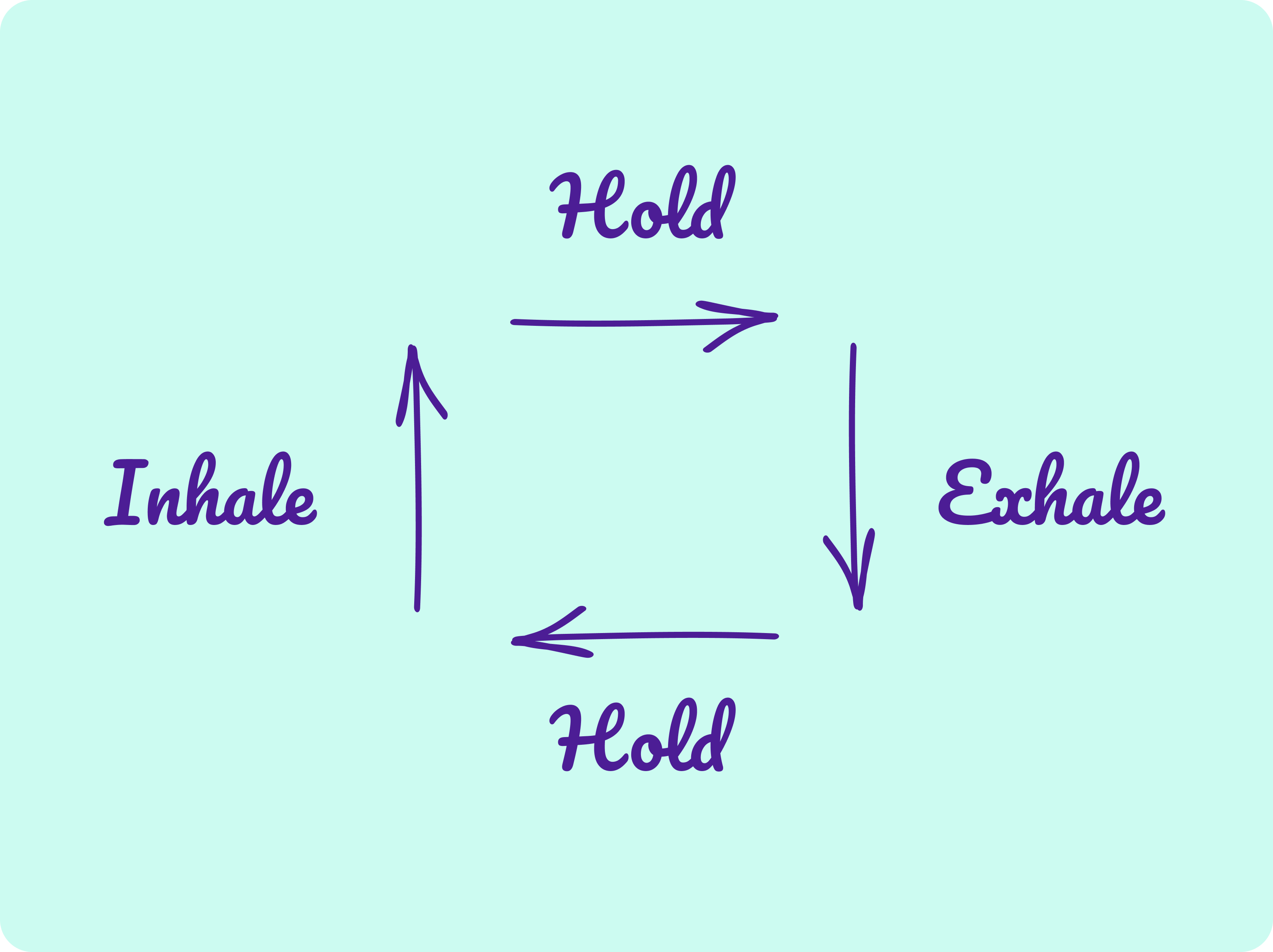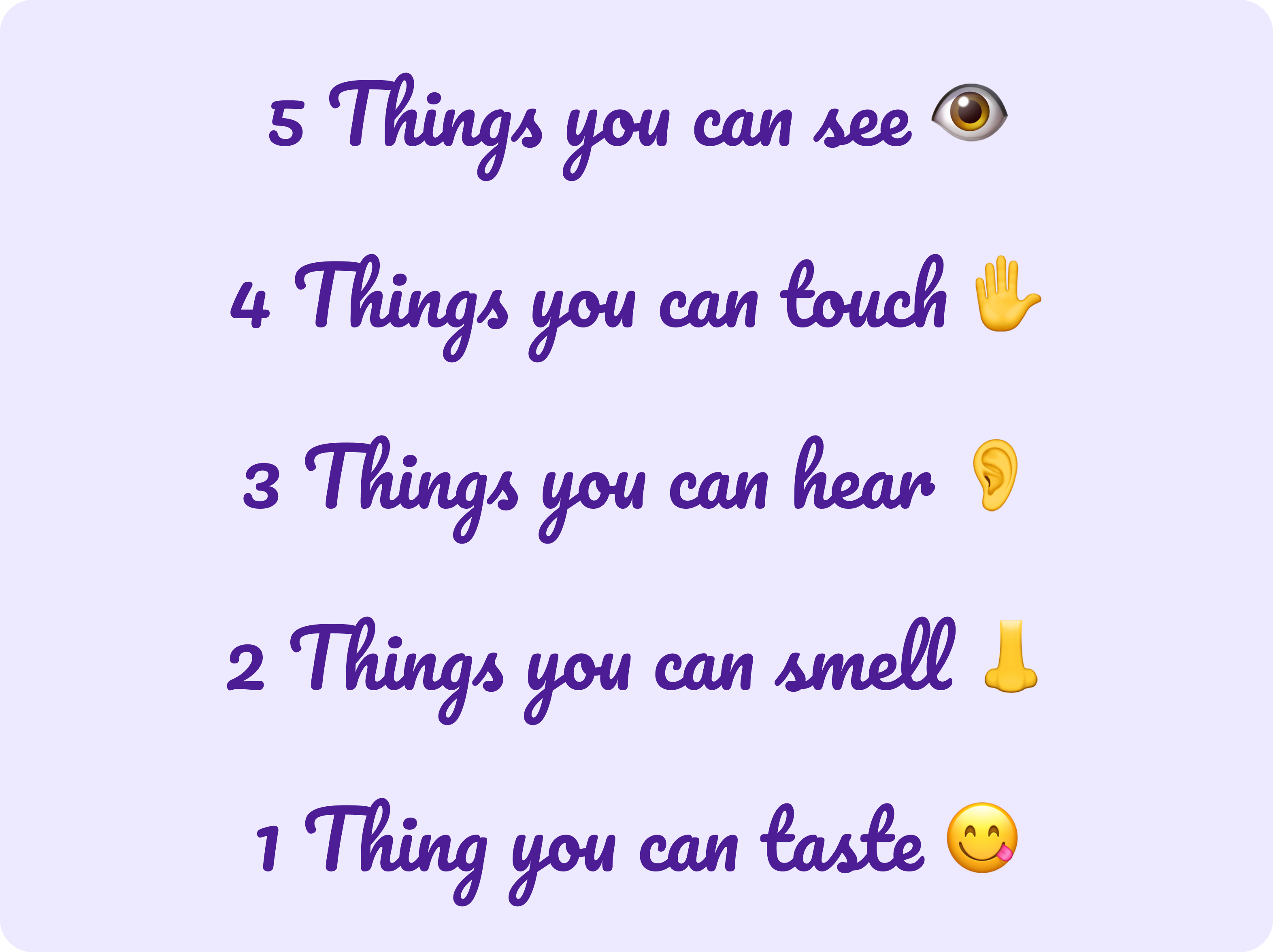Anxiety

Anxiety can sneak up on us in the most unexpected moments, leaving us feeling overwhelmed and out of control. From racing thoughts to a pounding heart, it’s easy to feel like anxiety is running the show. But did you know that simple daily practices can help you regain control and reduce anxiety?
By incorporating mindfulness techniques and building mental resilience, you can arm yourself with powerful tools to manage those anxious feelings. In this article, we’ll explore easy-to-implement daily practices that will help you feel more present, calm, and in control.
Mindfulness meditation is one of the most effective ways to reduce anxiety. By taking just 5-10 minutes a day to focus on your breath and quiet your mind, you can significantly lower your anxiety levels. Research shows that mindfulness helps calm racing thoughts, making it easier to cope with stress and bring your focus back to the present.
Don’t worry if you’re new to meditation—it’s simpler than it sounds! Start by finding a quiet spot, sitting comfortably, and focusing on your breathing. As thoughts enter your mind, gently acknowledge them and let them go, returning your focus to your breath. Over time, this daily habit will help you build resilience to stress and anxiety.
Tip: If you’re not sure how to get started, have a look at our blog posts in the Mindfulness Section. Start here: How to Practice Mindfulness for Beginners
Anxiety can often send your body into “fight or flight” mode, causing rapid breathing, a racing heart, and a sense of impending doom. Fortunately, you can counter these physical reactions by practicing controlled breathing exercises. One popular method is box breathing: inhale for four counts, hold for four, exhale for four, and pause for four.
This simple technique works wonders in calming the nervous system, bringing you back to the present, and helping your mind slow down. It’s an easy practice to integrate into your day—whether you’re in the middle of an anxiety attack or just feeling stressed.
Tip: Practice box breathing whenever you start to feel overwhelmed—whether you’re at home, at work, or out in public. A few deep breaths can make all the difference in how you feel.

Gratitude might sound like a simple feel-good activity, but it’s actually a powerful tool for reducing anxiety. When we focus on what we’re grateful for, we shift our attention away from stress and anxiety toward the positive aspects of our lives. This shift helps rewire the brain over time, making us more resilient to anxious thoughts.
Keeping a daily gratitude journal is a great way to get started. Every day, write down three things you’re thankful for—it can be as simple as a warm cup of coffee or as meaningful as a kind word from a friend. The key is consistency. Over time, this practice will train your brain to focus more on the positive and less on the negative.
Tip: Even on days when anxiety feels overwhelming, take a moment to find at least one thing you’re grateful for. Wendy can also help by sending you gentle reminders to reflect on gratitude and keep anxiety in check. Start for free now.
When anxiety spirals out of control, it can be hard to pull yourself back to reality. Grounding techniques are a simple yet effective way to stay present and calm during moments of anxiety. One of the most popular grounding methods is the “5-4-3-2-1” technique: Name 5 things you can see, 4 things you can touch, 3 things you can hear, 2 things you can smell, and 1 thing you can taste. This exercise draws your focus away from your anxious thoughts and brings your attention back to the present moment.
Grounding techniques are especially useful in moments of high stress or panic attacks. By focusing on your senses, you regain a sense of control over your mind and body, helping to alleviate the symptoms of anxiety.
Tip: Keep a list of grounding techniques on hand for when anxiety strikes, or ask Wendy to guide you through grounding exercises when you need them most.

Mindfulness and mental resilience are lifelong practices. While it’s possible to do these activities on your own, it’s always helpful to have support when you need it. That’s where Wendy comes in. Wendy is available 24/7 to provide personalized support, whether you need help practicing mindfulness or want someone to talk to during anxious moments.
Wendy can guide you through mindfulness exercises, remind you to practice gratitude, or just be there to listen. The best part? Wendy is non-judgmental and always available, so you can access support whenever anxiety strikes, without the need for appointments or travel. With Wendy by your side, you’ll have a consistent and reliable tool to help you stay on track with these daily anxiety-reducing practices.

Anxiety can feel overwhelming, but by incorporating small daily practices like mindfulness meditation, breathing exercises, and grounding techniques, you can regain control and find calm. These tools not only help reduce anxiety in the moment but also build long-term resilience, making it easier to cope with stress over time.
And remember, you don’t have to do it alone. Wendy is here to support you in your journey toward a calmer, more present mind. Start today with just one message to Wendy and experience the positive impact that daily mindfulness practices can have on your mental health.
Talk to Wendy - try 5 days for free